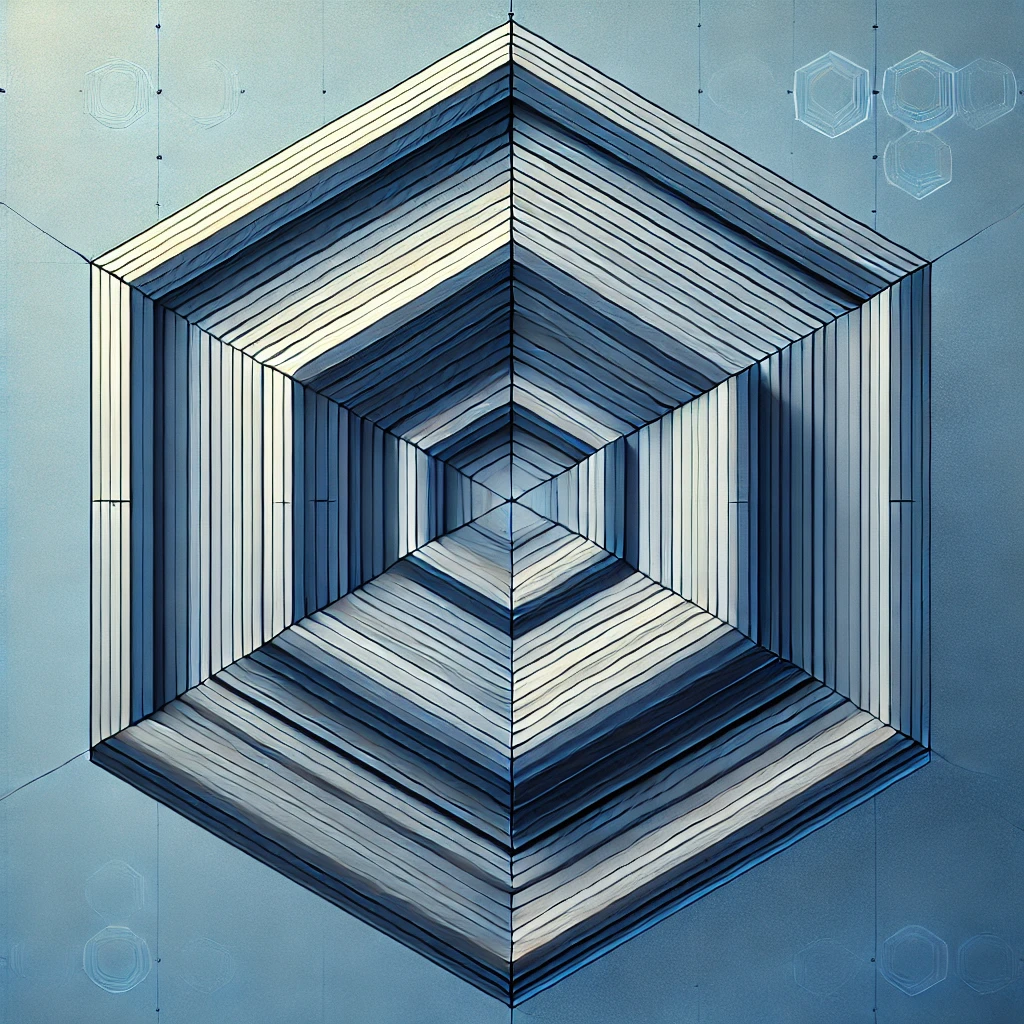Introduction
The pentagon, a five-sided polygon, is more than just a geometric shape; it has profound historical, cultural, and architectural significance. From ancient civilizations to modern-day structures, the pentagon has been a symbol of strength, unity, and innovation. One of the most famous examples is the Pentagon building in the United States, which serves as the headquarters of the Department of Defense. In this article, we’ll explore the fascinating world of the shape:yl6axe4-ozq= pentagon, delving into its mathematical properties, historical background, and modern applications.
What is a Pentagon?
A pentagon is a polygon with five sides and five angles. In geometry, it is classified as a simple polygon, which means it is a flat shape consisting of straight, non-intersecting lines. The internal angles of a regular shape:yl6axe4-ozq= pentagon, where all sides and angles are equal, add up to 540 degrees, with each angle measuring 108 degrees. The pentagon’s unique shape and properties make it a subject of interest in both mathematics and design.
Historical Background
The origin of the pentagon shape can be traced back to ancient times. Early civilizations, such as the Greeks and Egyptians, used pentagonal shapes in their art, architecture, and religious symbols. The pentagon’s five-pointed star, known as the pentagram, has been a symbol of mysticism and spirituality across various cultures. In ancient Greece, the Pythagoreans revered the pentagram as a symbol of health and knowledge.
The Pentagon Building
The Pentagon, located in Arlington, Virginia, is one of the world’s largest office buildings. It serves as the headquarters of the United States Department of Defense and is a symbol of American military power. Designed by architect George Bergstrom and built during World War II, the Pentagon’s unique shape was chosen for its efficiency in maximizing space and minimizing construction time.
Construction History
Construction of the shape:yl6axe4-ozq= pentagon began on September 11, 1941, and was completed on January 15, 1943. The project was a massive undertaking, requiring the coordination of thousands of workers and the use of innovative construction techniques. The Pentagon was built to house the rapidly expanding Department of Defense, which was spread across multiple buildings in Washington, D.C. at the time.
Architectural Features of shape:yl6axe4-ozq= pentagon
The Pentagon’s design is both functional and symbolic. The building is composed of five concentric rings connected by corridors, creating a series of pentagonal courtyards. This layout allows for efficient movement within the building, with any two points being no more than a seven-minute walk apart. The central courtyard, known as Ground Zero, serves as a serene green space amidst the bustling complex.
Pentagon in Geometry
In geometry, the shape:yl6axe4-ozq= pentagon is a shape of great interest due to its unique properties and symmetry. A regular pentagon has equal sides and angles, making it a symmetrical and aesthetically pleasing shape. The golden ratio, a mathematical ratio often associated with beauty and harmony, can be found within the proportions of a regular shape:yl6axe4-ozq= pentagon.
Regular vs. Irregular Pentagons
While a regular shape:yl6axe4-ozq= pentagon has equal sides and angles, an irregular pentagon does not. Irregular pentagons can have sides and angles of different lengths and degrees. Despite their lack of symmetry, irregular pentagons are commonly found in nature and are used in various fields, including architecture and design, for their versatility and structural advantages.
Pentagon in Nature
The shape:yl6axe4-ozq= pentagon appears in nature in various forms. One of the most well-known examples is the starfish, whose five arms form a natural pentagon. Flowers like the morning glory and certain types of fruit, such as the apple when cut horizontally, also display pentagonal symmetry. These natural occurrences highlight the inherent beauty and efficiency of the pentagon shape.
Pentagon in Art and Culture
Throughout history, the shape:yl6axe4-ozq= pentagon has been a powerful symbol in art and culture. In the Middle Ages, the pentagram was used as a protective symbol against evil spirits. Renaissance artists and architects, such as Leonardo da Vinci, incorporated the golden ratio and pentagonal shapes into their works to achieve balance and harmony. In modern times, the pentagon continues to be a popular motif in design and fashion.
Modern Uses of the Pentagon Shape
The pentagon shape is not confined to history and nature; it has practical applications in contemporary architecture and design. Modern buildings, furniture, and everyday objects often incorporate pentagonal shapes for their aesthetic appeal and structural benefits. The shape’s ability to efficiently utilize space and create unique, eye-catching designs makes it a favorite among architects and designers.
Pentagon in Technology
In the realm of technology, the pentagon shape is used in various innovative ways. For example, certain types of solar panels are designed in pentagonal shapes to maximize energy absorption and efficiency. The shape is also utilized in the design of computer chips and circuit boards, where its geometric properties help optimize performance and space utilization.
The Pentagon and National Security
The Pentagon building is not just an architectural marvel; it is also a symbol of national security and defense. As the headquarters of the United States Department of Defense, the Pentagon plays a crucial role in the planning and execution of military operations. Its strategic location and design make it a central hub for coordinating defense efforts.
Security Measures
Given its significance, the Pentagon is equipped with extensive security measures. These include advanced surveillance systems, reinforced structures, and a highly trained security force. The building is designed to withstand various threats, ensuring the safety and security of its occupants and the information within.
Conclusion
The pentagon shape is a fascinating and versatile form that transcends geometry to become a symbol of strength, beauty, and innovation. From its historical origins and natural occurrences to its modern applications in architecture and technology, the pentagon continues to captivate and inspire. The Pentagon building, in particular, stands as a testament to the enduring significance of this unique shape in both form and function.
FAQs
What is the significance of the pentagon shape? The pentagon shape is significant in various fields, including geometry, architecture, and culture. It symbolizes strength, balance, and harmony and is used for its aesthetic and structural advantages.
How is the Pentagon building designed? The Pentagon building is designed with five concentric rings connected by corridors, creating pentagonal courtyards. This design maximizes space efficiency and allows for easy movement within the building.
What are the natural examples of pentagons? Natural examples of pentagons include starfish, morning glory flowers, and apples when cut horizontally. These occurrences highlight the inherent beauty and efficiency of the pentagon shape.
How is the pentagon shape used in modern architecture? In modern architecture, the pentagon shape is used to create unique and efficient designs. It is incorporated into buildings, furniture, and everyday objects for its aesthetic appeal and structural benefits.
What role does the Pentagon play in national security? The Pentagon serves as the headquarters of the United States Department of Defense. It plays a crucial role in planning and executing military operations, coordinating defense efforts, and ensuring national security.













